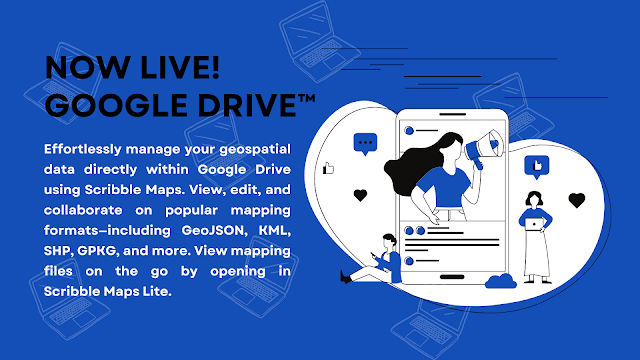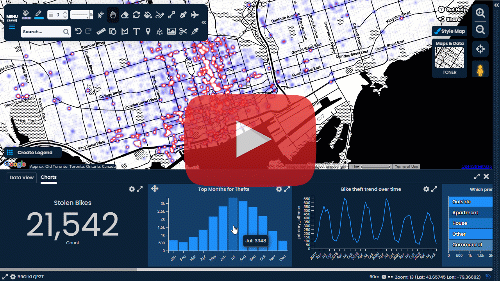SEO Guidelines for Map Creation: Ensuring Quality and Relevance
On our platform, crafting maps offers a unique way to visualize data, share insights, and address specific user interests. To maintain the utmost quality, we require that maps possess valuable content. Some maps, only bearing titles and descriptions without substantive content on the actual map, do not meet our standards.
To safeguard the platform's integrity, all maps should strictly adhere to SEO (Search Engine Optimization) guidelines. Maps must comply to avoid delisting or removal.
1. Unique and Descriptive Titles
- Titles should clearly indicate the map's content. Steer clear of generic or vague phrasings.
- Refrain from keyword stuffing; titles should be natural and relevant to the map's theme.
2. Comprehensive Descriptions
- Descriptions should succinctly convey the map's purpose and content.
- Ensure clarity and the appropriate use of relevant keywords without overstuffing.
3. Relevant and Quality Content on the Map
- A map's value lies in its content. It should display meaningful, pertinent data or visuals.
- Maps that are empty or offer little-to-no insights will be considered low-quality.
- Maps centred around themes like gambling, prostitution, "get rich quick" schemes and similar topics are strictly forbidden.
4. User Engagement
- Detailed, interactive, and meaningful maps foster greater user engagement.
- Aim for an intuitive design that provides users with a seamless experience.
5. Mobile Optimization
- Given the prevalence of mobile users, ensure your map is mobile-friendly.
- It should adapt and render correctly across different screen dimensions.
6. Avoid Duplicate Content
- Each map should present a fresh perspective. Replicating content across maps is discouraged.
- For updates, modify the original map instead of producing nearly identical versions.
7. Include Metadata
- Proper tags and categories help users locate and comprehend your map's context.
- Use tags judiciously, avoiding overuse or irrelevance.
8. Backlinking and Credibility
- If data from external sources is used, always attribute and provide relevant backlinks.
- Credibility is paramount. Ensure your data is supported by trustworthy sources.
9. Regular Updates
- For maps that demand frequent updates, such as real-time data visuals, ensure they're current.
- Outdated or incorrect information can mislead users and affect our platform's reliability.
10. Reporting and Feedback Mechanism
- We urge users to report maps that deviate from our guidelines.
- Strong feedback channels are instrumental in upholding platform quality.
Consequences for Not Adhering to Guidelines
Adhering to these guidelines boosts our platform's trustworthiness, augments user experience, and promotes the visibility of authentic, top-tier maps. Those not meeting these criteria may:
- Face diminished visibility or ranking.
- Get delisted from platform search results.
- Be removed if recurrently found below par.
In essence, while we value creativity in map creation, each map must contribute genuine value and align with SEO and platform-specific best practices. Collectively, let's ensure our platform remains a reliable, user-centric, and invaluable resource for everyone.





Comments
Post a Comment
Comments are moderated, thanks for your patience.